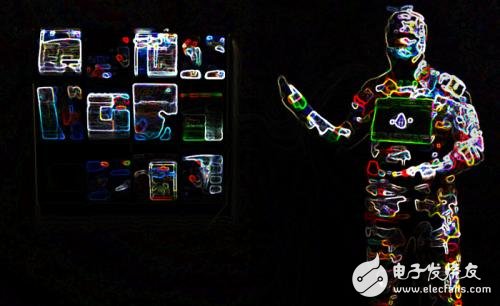
Privacy statement: Your privacy is very important to Us. Our company promises not to disclose your personal information to any external company with out your explicit permission.
Nowadays, all discussions about wearable devices almost involve the Internet of Things and the new capabilities that a full range of connections can bring. We are still in the early stages of the IoT ecosystem, but there are some issues that must be discussed before wearables really begin to “popularize”.
For example, “Is the wearable device a peripheral device for a smartphone? Or what role does the wearable device play in the Internet of Things?” If we really move toward the more common deployment of smart devices in our everyday environment. Going forward, is this direction not suitable for wearable devices?
Biometric data for fitness and health wearable devices, such as heart rate, perspiration levels, and even complex measurements of oxygen levels in the blood, are valuable. Advances in technology have even allowed wearable devices to measure alcohol content or other similar measurements. One of the interesting possibilities is to sense, store and track biometric data and analyze the results with time. For example, tracking the temperature of the body may reveal early signs of a cold or flu.

The above examples all control these functions with a smartphone as the center, but is this really effective? Is there a better way to get IoT devices to communicate directly?
You certainly don't want everything your wearable device has to do through a smartphone. Perhaps a better way to do this is to set up the way you want to work through your smartphone, such as the way you want full privacy. Once communication is open, all devices can communicate in the way you allow.
For example, your smart watch can capture your biological readings so that you can get early warning of the disease. Let us assume that you are flying to a job interview, preparing your first meeting, do you want the interviewer to get your bio data? I guess the answer is no. This is where you can use your smartphone to protect your biometric readings (or any historical readings) in real time without being read by the interviewer. Also, if you are not working for a meeting, but for a physical exam, then you should allow your doctor to access all your biological data.
The Internet of Things is based on ubiquitous connectivity, and significant benefits can accumulate when a large number of related devices are connected to each other. So how do you make wearable devices benefit from this concept?
For example, can you use your wearable device to interact with other people in the crowd? For example, do you want to know if the person sitting next to you on the train has a fever? The answer is obvious, you may want to know this, but people who have a fever may not want to be known. If both of you use the same health insurance, this information may be shared via your smartphone. Perhaps these biometric information sharing is useful in some entertainment, but it is the biggest problem in terms of privacy protection.
A common element of wearable universal design is low power consumption, and one of the ways to achieve low power consumption is energy harvesting. In the above example, energy harvesting during dancing or moving will be easy, but in most cases battery-based design is the first choice for energy harvesting.
You might think that the battery is a significant limitation of wearability, but for wearables, high-speed fashion changes may mean that the battery is no longer a limiting factor. In fact, the fashion of a wearable device is more important than a battery.
For wearable devices with long life, battery technology requires us to charge more conveniently in a smaller space, such as in a short distance. Watches, obstacle avoidance and similar wearable devices can be easily charged and provide long-term, efficient power.
Obviously, the interaction of these devices requires MCUs to be smarter and less power efficient. High-end IoT applications require extensive processing and interface capabilities (wireless options) as well as advanced security features such as secure boot. These advanced applications can use some of the latest settings, such as Intel's Quark X1000 processor, or use existing software foundations to simplify development. Support for multiple link options, allowing bridging and content aggregation from multiple sources, requiring peripheral wearable networks to reduce power.
Low-end applications only need to support some simple sensors, security, and low-speed wireless connections with a low-cost battery. EFM32 Zero Gecko MCUs like Silicon Labs can support very low current long-term operation, so they can be used in wearable devices to detect, process and store biometric frequencies.
Even with these sensors as the dominant device, some periodic processing power can be used, but reducing the transmission time of wireless data is still the biggest way to save system power.
No matter what direction wearables will evolve in the next few years, it seems that they will provide a wider range of features, and we are all looking forward to a more integrated role of wearables in the Internet of Things.
Anti Reflection Film,Anti Glare Film,anti-glare screen protector,anti-reflection screen protector
May 15, 2024
March 02, 2024
March 02, 2024
Contactar proveedor
May 15, 2024
March 02, 2024
March 02, 2024

Privacy statement: Your privacy is very important to Us. Our company promises not to disclose your personal information to any external company with out your explicit permission.

Fill in more information so that we can get in touch with you faster
Privacy statement: Your privacy is very important to Us. Our company promises not to disclose your personal information to any external company with out your explicit permission.